Strelizia or Bird of Paradise is an exotic plant native to South Africa. Its name derives from the inflorescences that resemble a bird. The ornamental plant is famous for its pleasantness. However, for it to flourish to its full potential, certain conditions must be met. By learning how to take care of the Strelizia, you will increase the beauty and health of your specimens.
Steps
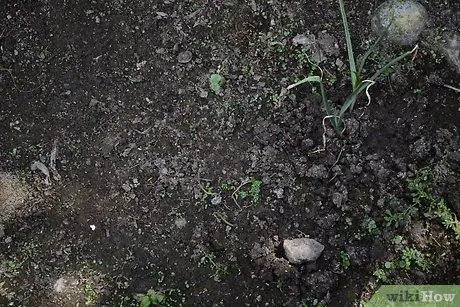
Step 1. Find an ideal area to plant your Strelizia and stimulate its growth
- You will need to keep it in pots if you live in climates where the temperature drops below 10 ° C. The plant can stay outside during the day and then be sheltered when it is colder.
- A Bird of Paradise plant can withstand the salty breeze and is suitable for locations close to the ocean.
- It works best in full sun.
- It prefers clayey, rich and well-drained soils.
- Test the pH of the soil and try to keep it at around 7.5.
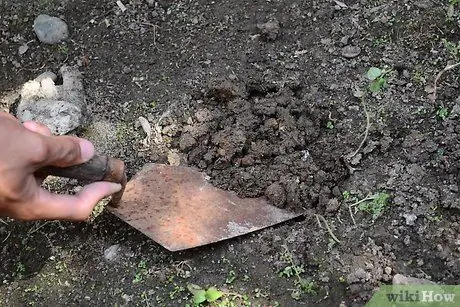
Step 2. Dig a hole that is twice as wide as the diameter and as high as the root ball of the plant
Leave at least 1.8 m between plants if you plant more than one. Each will need enough space to bloom
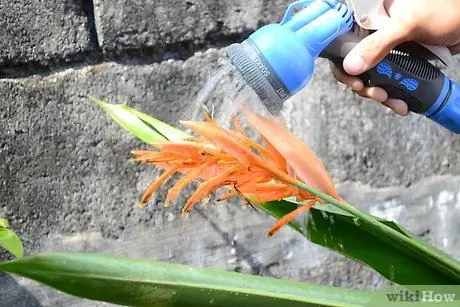
Step 3. Saturate the plant with water before placing it in the hole or transplanting it into a pot
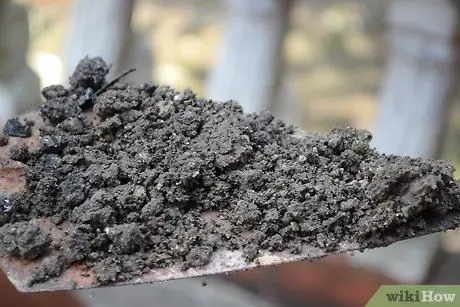
Step 4. Keep the soil moist during the initial phase, before the plant has adapted
- Mulch around the base but without touching the stems to maintain moisture.
- Watering can be reduced when the plant has taken root, after 6 months.
- Let it dry out a little longer during the fall and winter and mist the leaves.
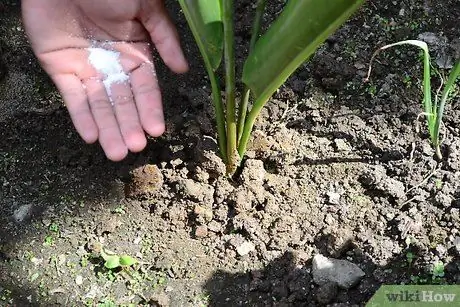
Step 5. Fertilize the plant with a 3: 1: 5 fertilizer or compost in the spring before it begins to bloom again
Keep fertilizing once a month throughout the summer
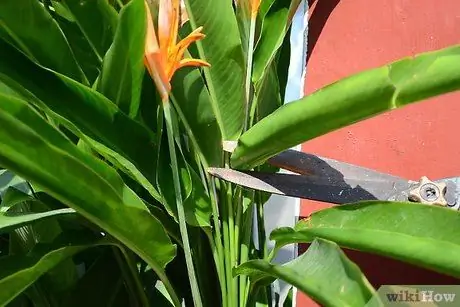
Step 6. Remove dried leaves and faded flowers to prevent fungus from developing
Advice
Strelizia can be grown starting from seeds. However, it can take up to 5 years for it to flower
Warnings
- Mulching against the stem increases the chances of the stems rotting. Leave about 5-7 cm of space between the mulch ring and the stems.
- Bird of Paradise seeds are toxic. They can cause abdominal pain and vomiting in dogs and children.






